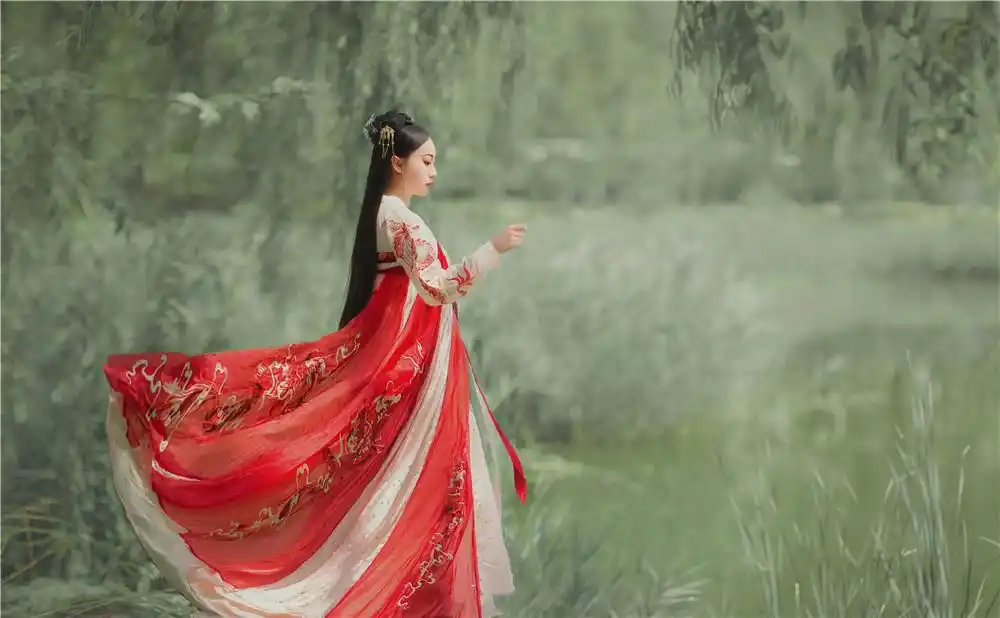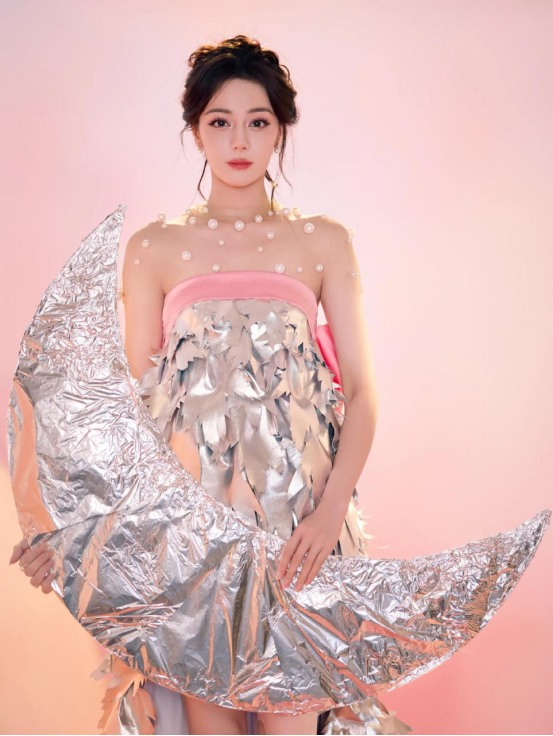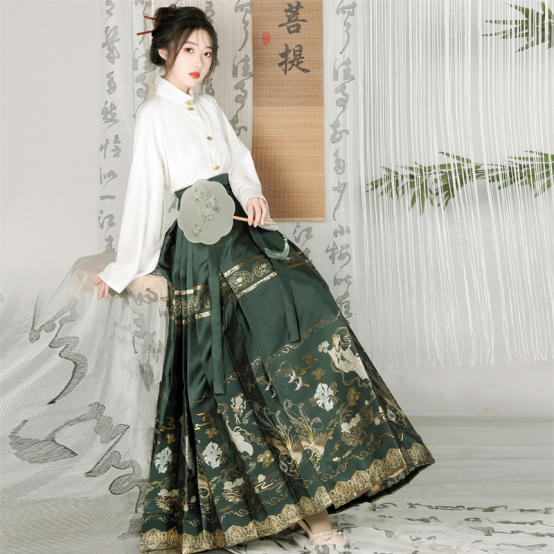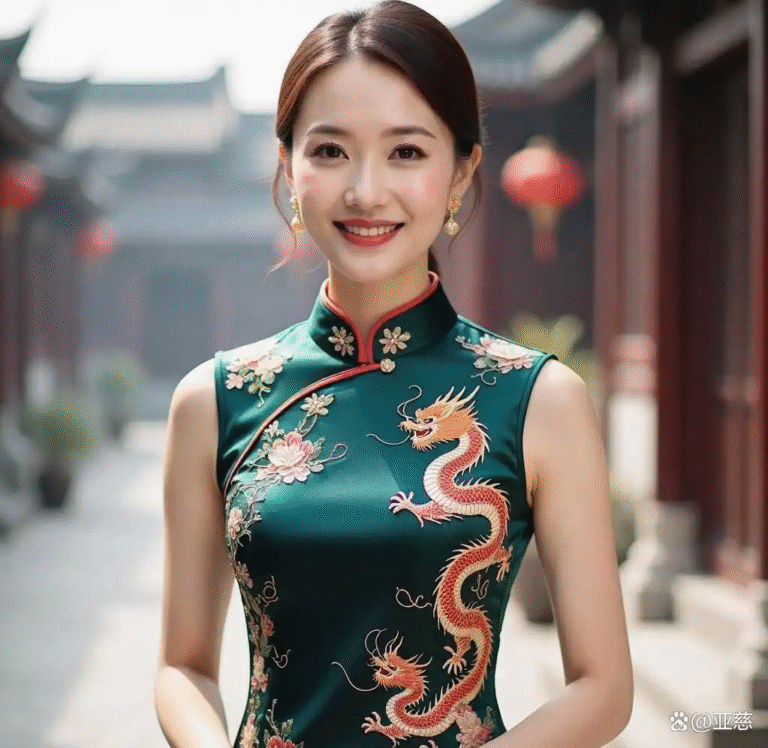As Hanfu gains popularity, its summer wearability sparks debate. While some think layers make it hot, others praise its “built-in AC” breathability. Newcomers often feel confused by these mixed opinions.
The truth? Wearing Hanfu is like regular clothes—keep it light, use sun protection, stay hydrated. Thin outer garments work like everyday UV jackets. Don’t blindly believe “Hanfu always bakes you”, but do stay smart about staying cool and avoid heatstroke!
How does it feel to wear Hanfu in summer?
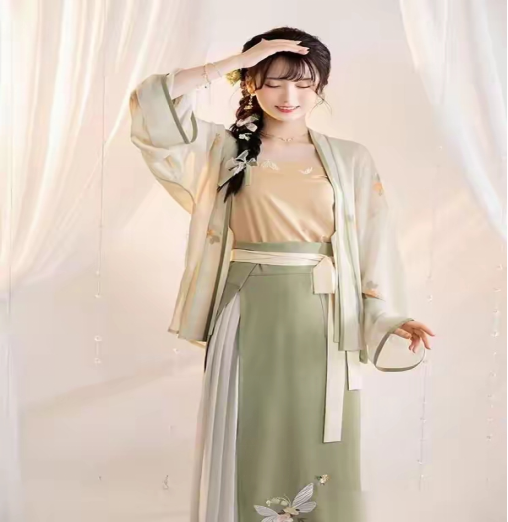
As summer approaches, many Hanfu enthusiasts are concerned about how to wear Hanfu during this season. How can one dress appropriately while feeling cool? In fact, there’s no need for excessive worry. People in ancient times made significant adaptations to Hanfu to cope with hot weather, choosing different styles and materials. The way people dressed in Hanfu during the summer in ancient times can still be a reference for us today, even with some innovative improvements to meet the needs of modern Hanfu dressing, allowing enthusiasts to enjoy the coolness of summer while maintaining an elegant demeanor.
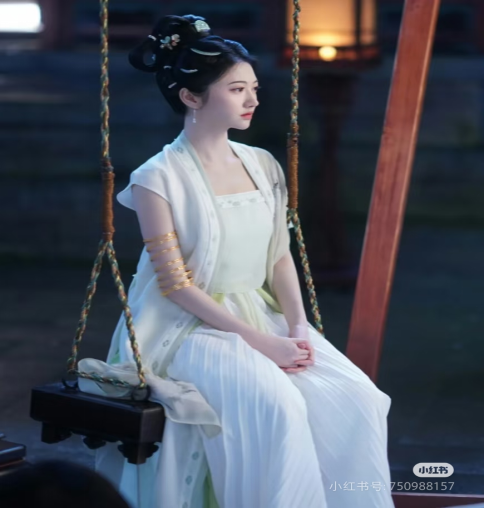
Characteristics of Hanfu for summer
The design of traditional Hanfu for summer focuses on “cooling down” and “elegance” as its core principles. The difference between summer Hanfu and regular Hanfu lies in its tailoring techniques. Summer versions often reduce the complexity of fabric layers or the number of stacked garments to “lighten” the Hanfu, achieving ventilation and cooling effects. For example, the Qi-Tong Ru-Quan simply pairs an upper tunic with a high-waisted long skirt, avoiding excessive layering. The Dai-Zi popular in the Song Dynasty features straight collars, lapels, and side slits, creating a natural “cross breeze” effect that effectively cools people down in hot weather.
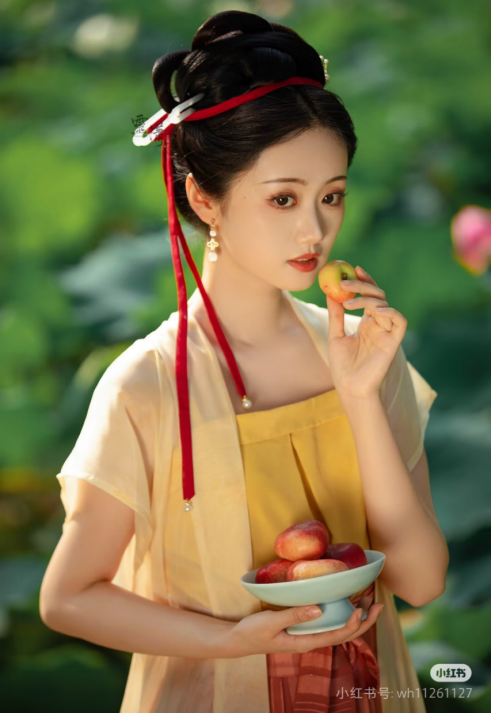
Not only can changes be made in tailoring, but the visual cooling effect is also a crucial consideration for summer Hanfu. This season’s Hanfu typically uses light colors and various plant patterns, creating a fresh and elegant visual effect that instantly soothes the eye. Colors like green and white significantly contribute to this effect, and pairing them with patterns of lotus flowers and bamboo leaves is nothing short of perfect.
Furthermore, summer Hanfu boldly incorporates partial transparency, with the most typical examples being half-sleeves and sleeveless designs. These not only free up the hands but also reduce the clammy heat from the fabric.
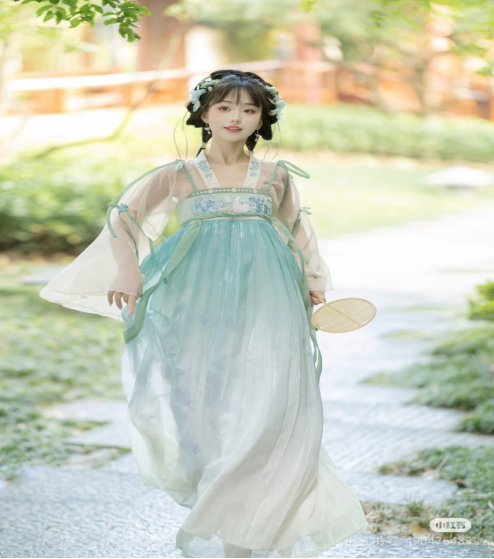
Summer Hanfu outfits
After discussing the clever design ideas for summer Hanfu, let’s explore the typical outfits for this season. Ultimately, summer Hanfu emphasizes functionality and aesthetics, with these outfits likely meeting your needs to a great extent. The Song Dynasty “shirt and skirt combo” features a cross-collared short shirt paired with a pleated skirt. The shirt is made of single-layer cotton or linen, while the skirt is made of sheer gauze, creating a ripple effect at the hemline and meeting cooling needs.
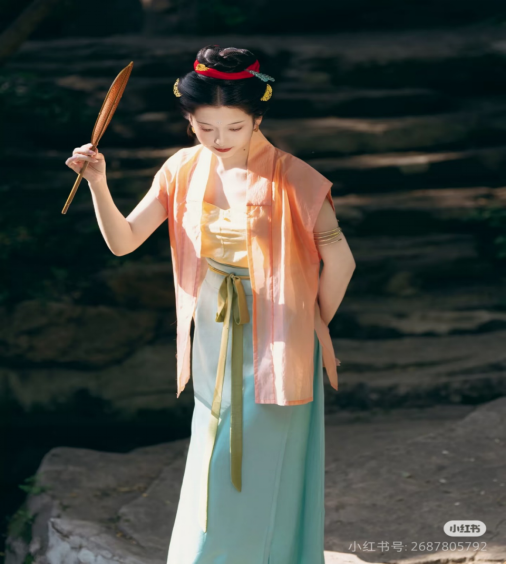
Dai-Zi with Song trousers is another option, where the Dai-Zi has side slits to the armpits, worn over a sleeveless undershirt, and paired with wide-legged Song trousers, forming an excellent set for sun protection and breathability.
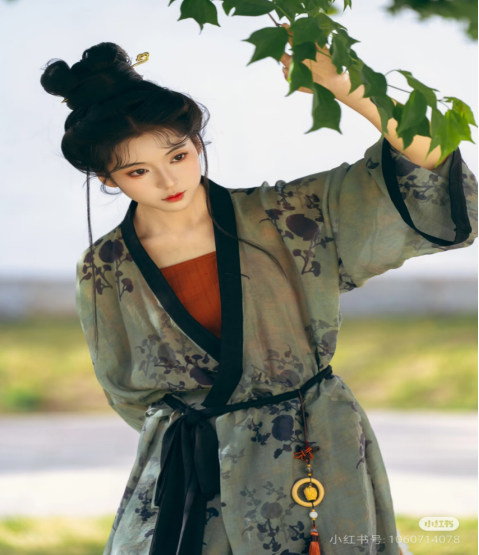
A unique design of Qi-Tong Ru-Quan raises the waistline of the skirt above the chest, significantly reducing fabric coverage on the upper body. It is often paired with a gauzy, long-sleeved tunic, some variations even shortening the sleeves to half-sleeves or sleeveless, highlighting the figure while avoiding the stuffiness of summer.
As you can see, Hanfu can be mixed and matched according to the seasons. Despite the changing weather, Hanfu maintains its cool elegance in hot conditions, showcasing the charm of Hanfu. No matter how the seasons change, Hanfu continues to evolve with its versatile and inclusive design principles, demonstrating its endless vitality and flowing through the history of Chinese clothing.

